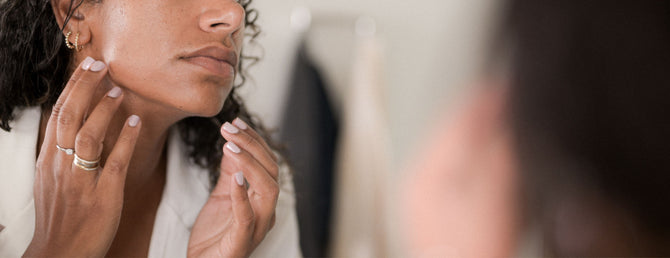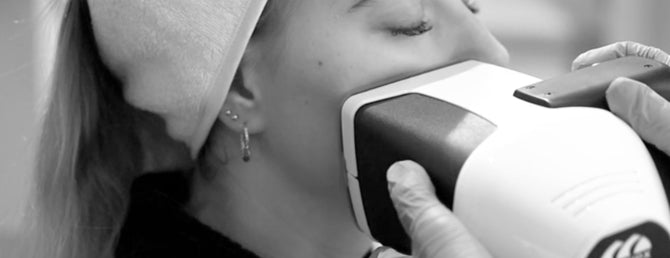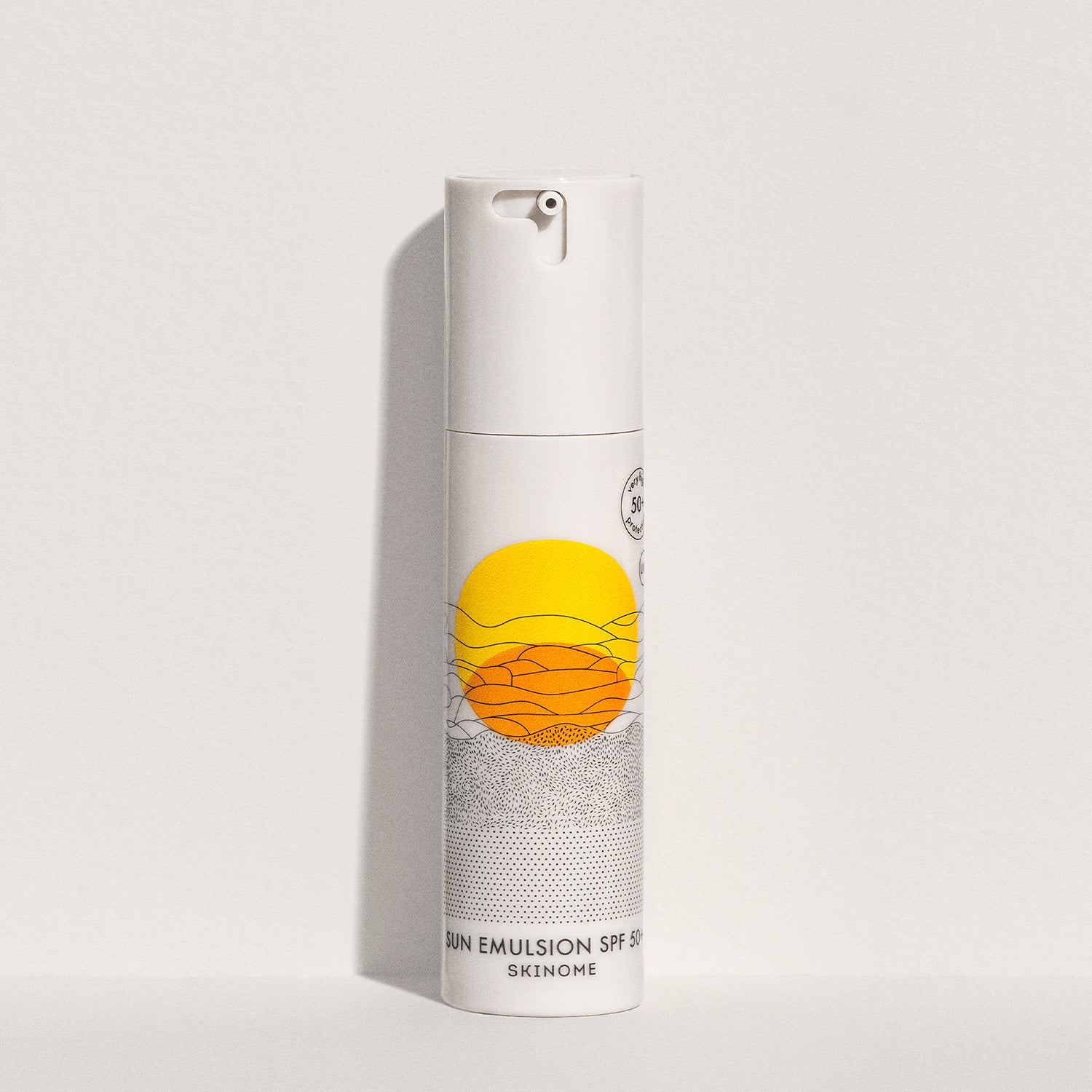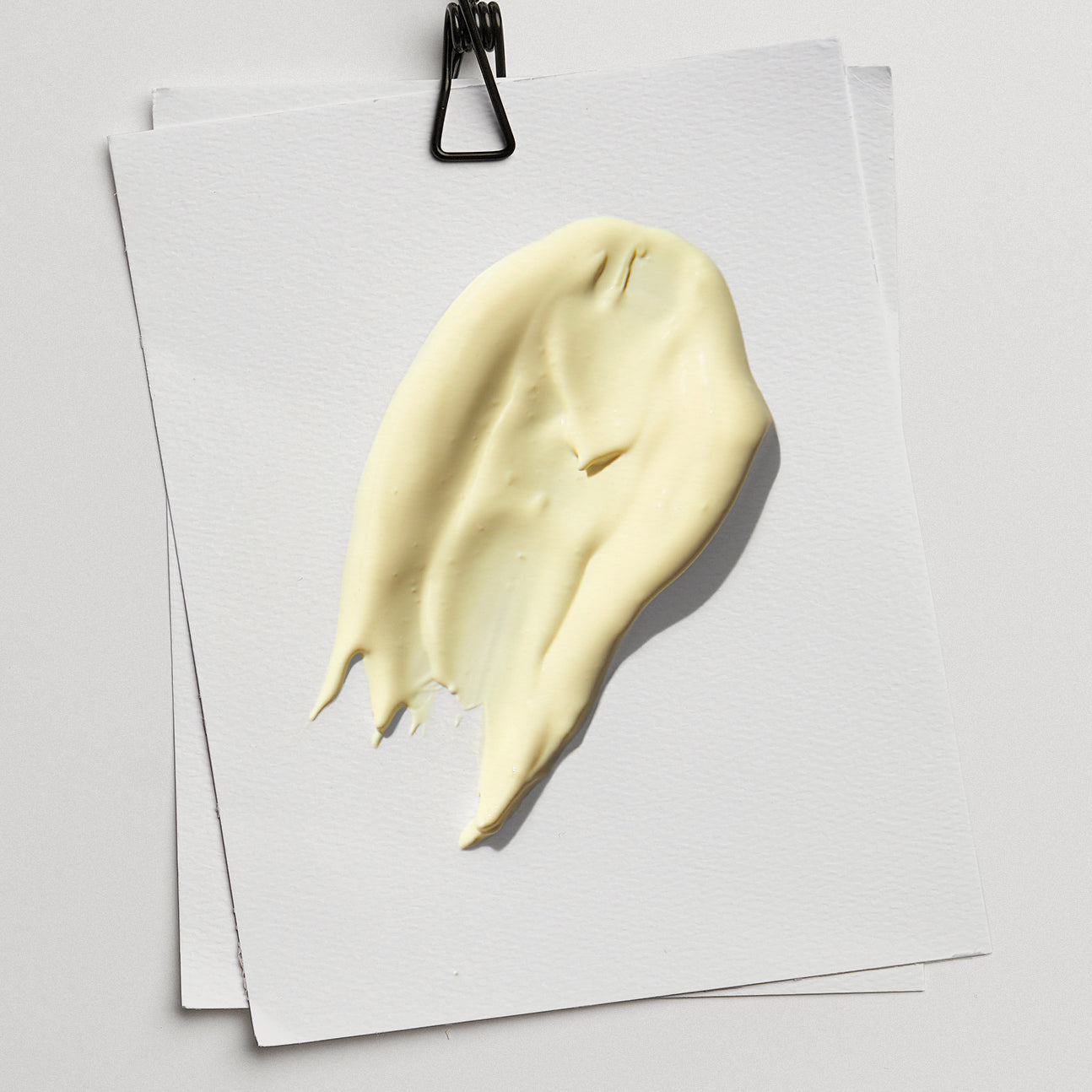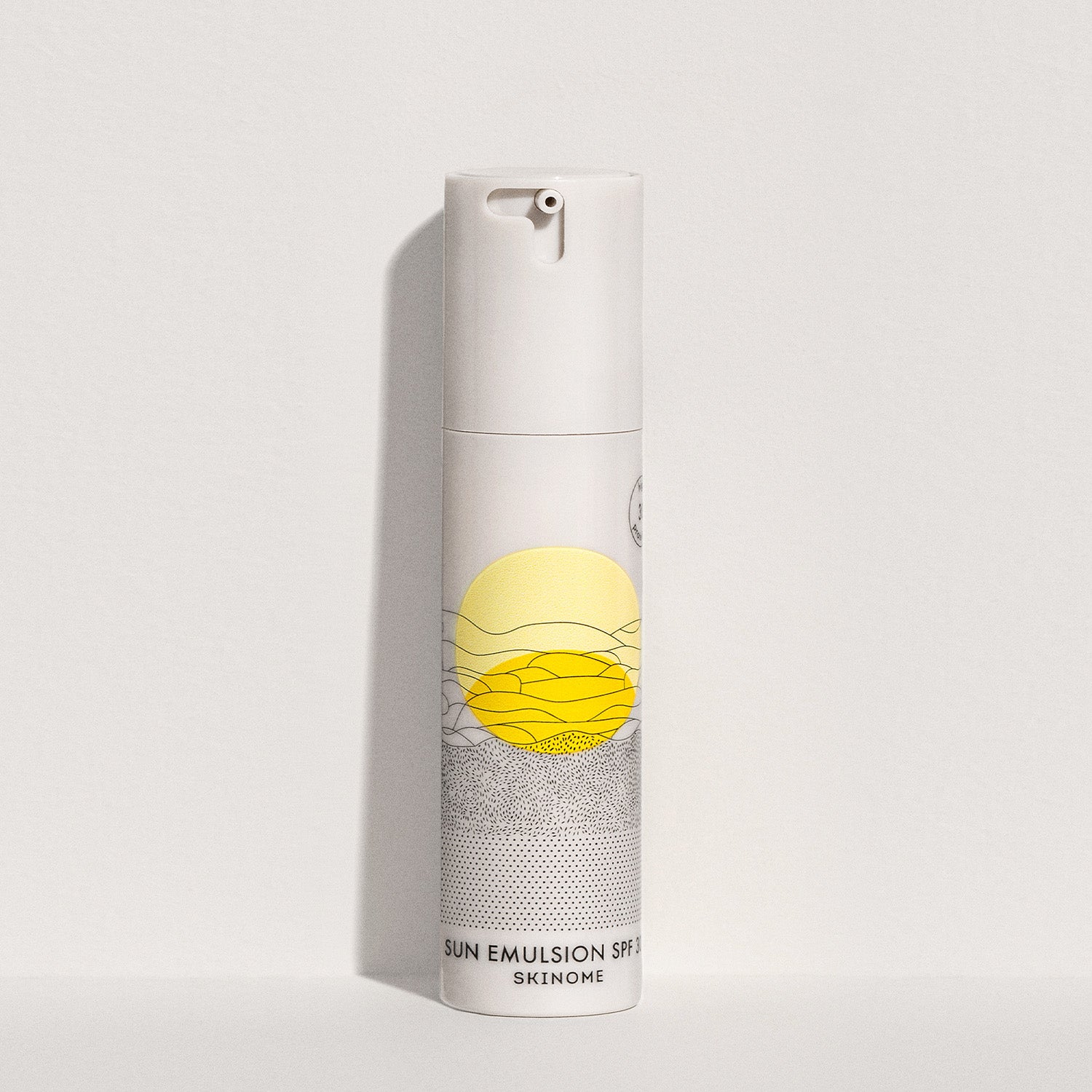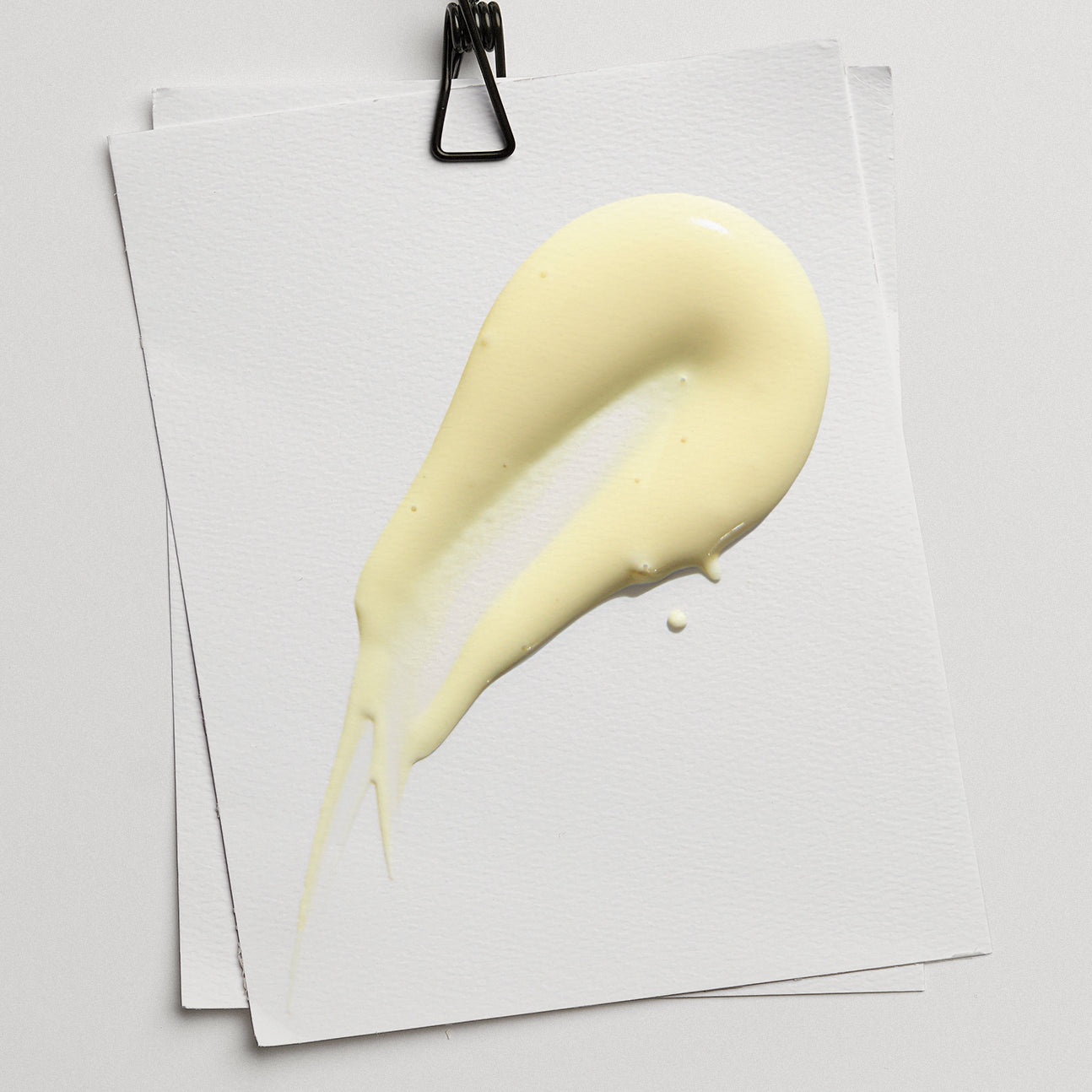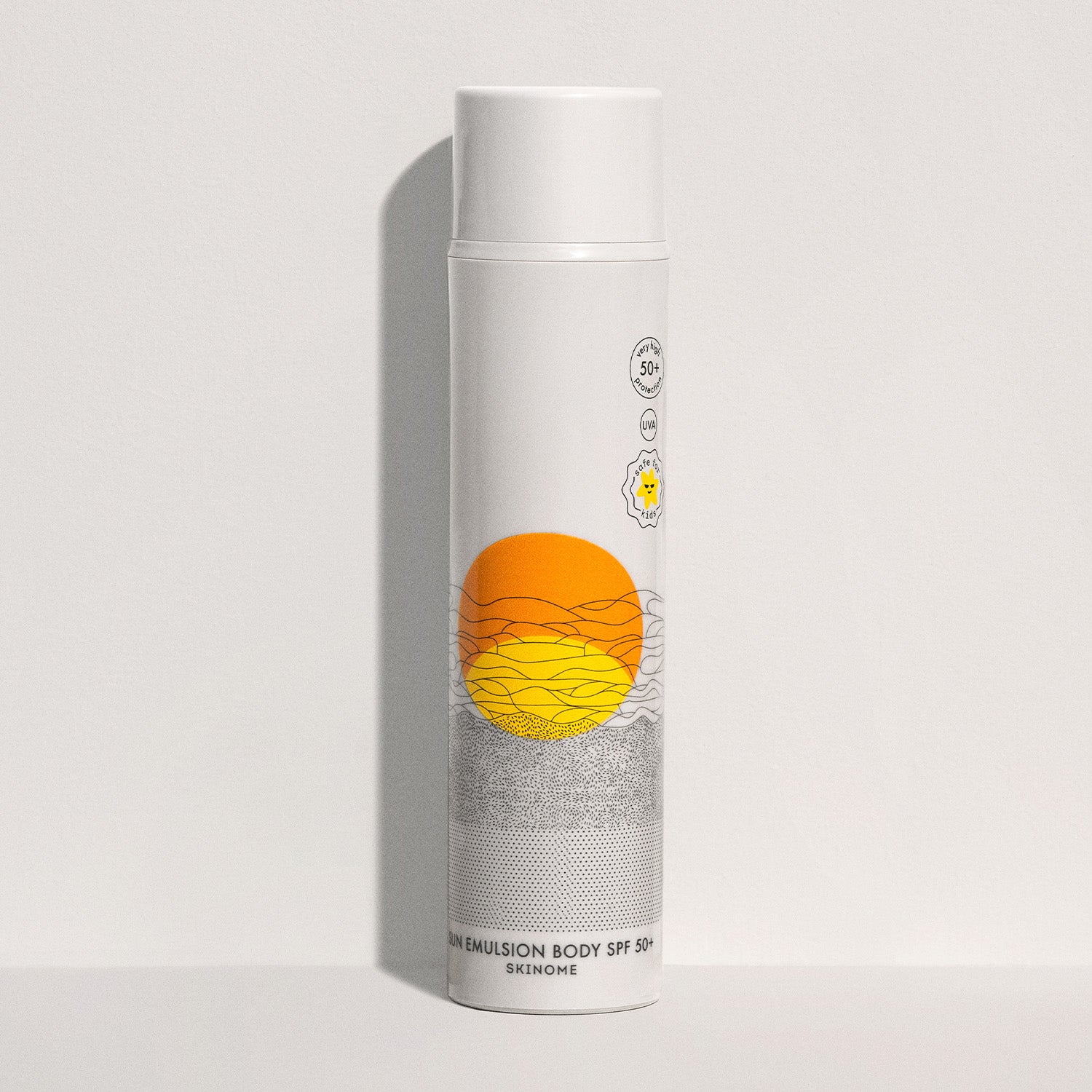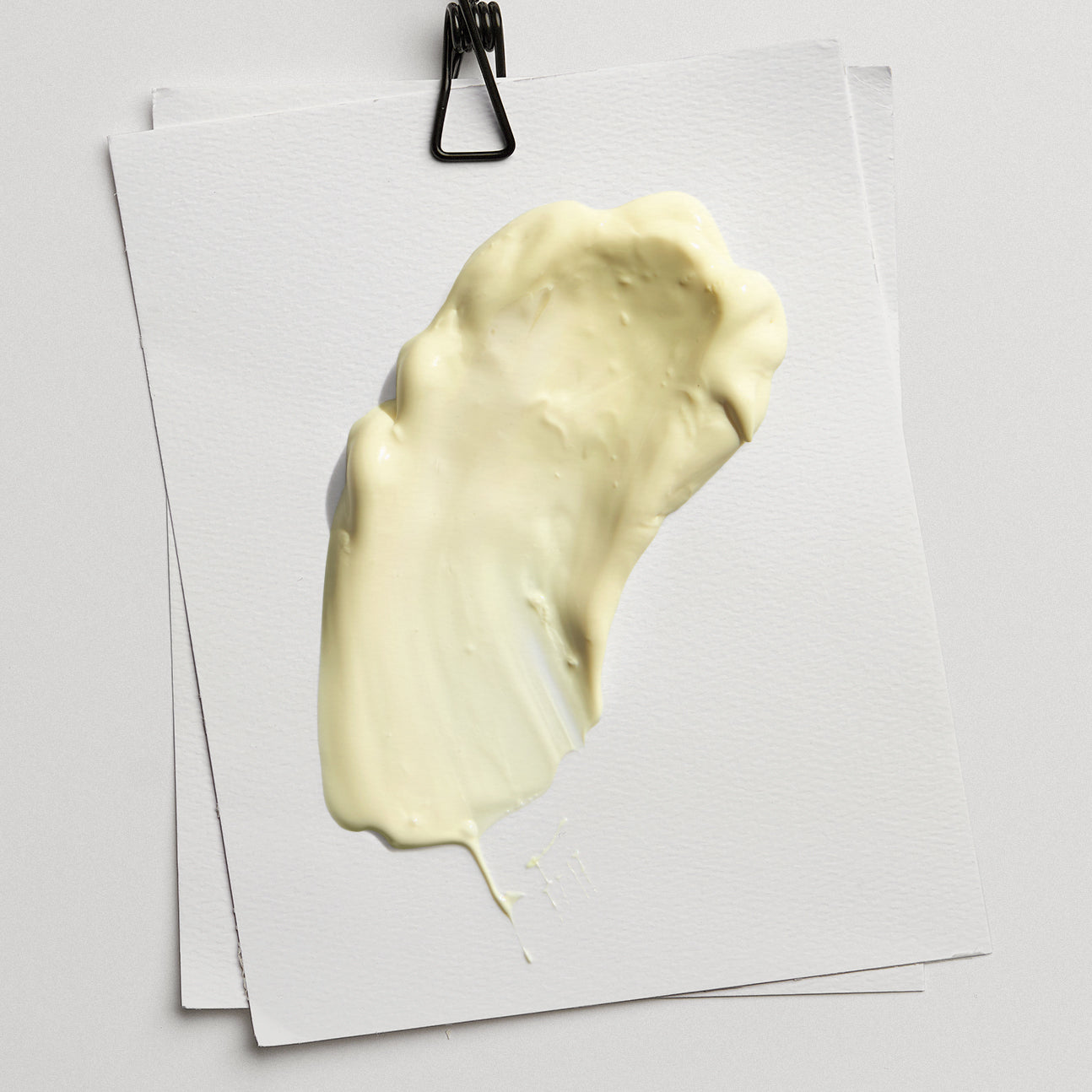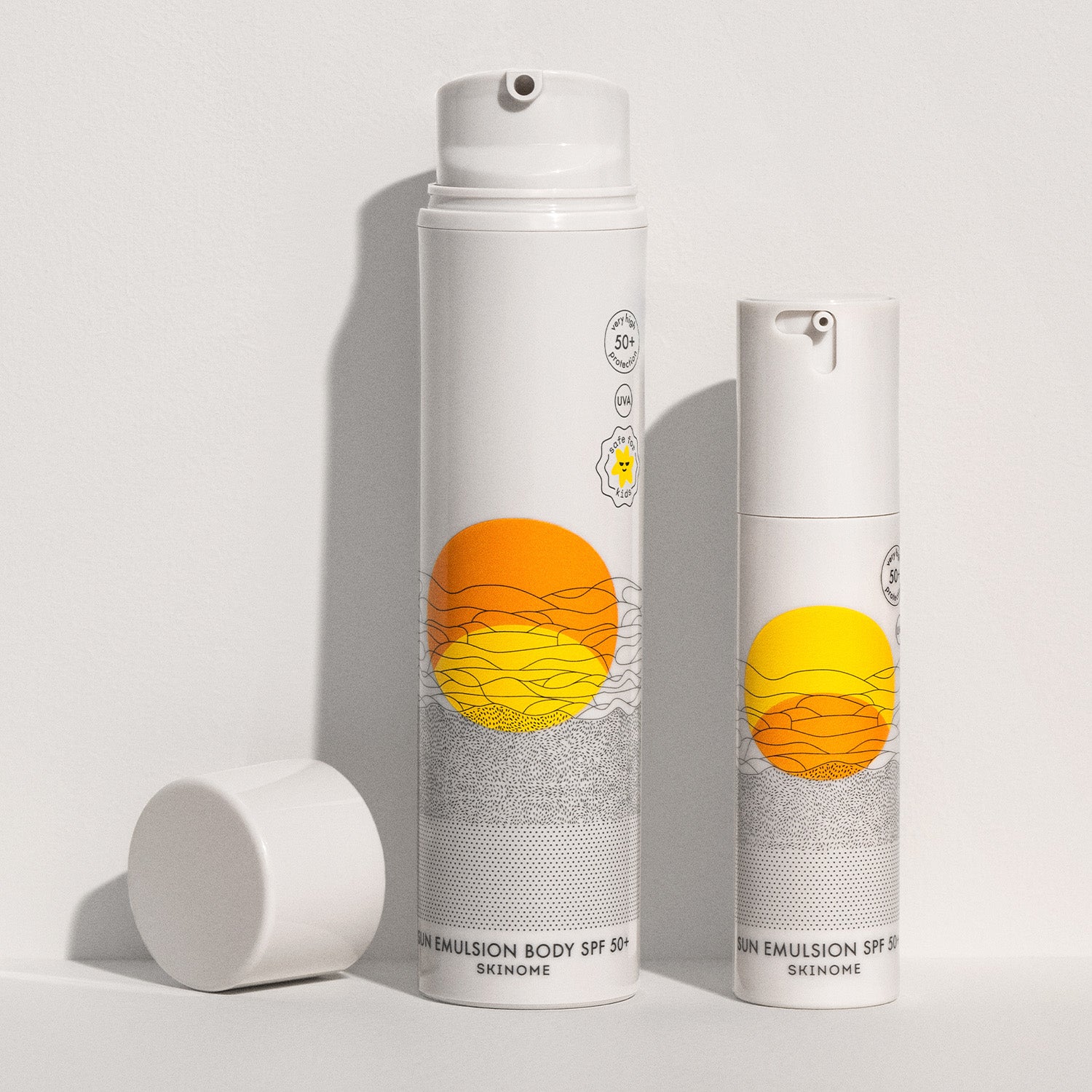
Sunscreen products sold in Europe are regulated by the Cosmetics Regulation (EC) No 1223/2009.
To make it easier for you as a user, sunscreen must be labeled with specific information about the product's protection and use, according to the regulation. But sometimes it can be difficult to understand all the information on the product.
Figure 2 provides a simple explanation of the most common labeling, symbols, and information you see on sunscreen products.

Figure 2. An illustration of the most common information and symbols found on a sunscreen product's packaging and label. The different parts are described in the following text.
SPF stands for “Sun Protection Factor” and shows how much protection you get from the sun’s UVB radiation – the radiation that causes you to get sunburned. The higher the SPF, the longer you can stay in the sun without getting burned compared to if you hadn’t applied any sunscreen at all.
To determine the SPF value of a product, tests are carried out on volunteers. The test is carried out by applying a standardised amount, 2 milligrams per square centimetre of the product, to a specific part of the subjects' body. The product is then allowed to dry before the skin is irradiated with a UV lamp. The following day, the redness on the skin is assessed and the effect of the test product is compared to a standard product and to skin that has not received any sun protection at all. As previously mentioned in part 1, you must apply the product generously.
It is estimated that an average person's skin is up to 2 square metres in size, which corresponds to approximately 40 ml of sunscreen needing to be used to match the amount used in the tests. To make it easier for consumers, the SPF symbol must also be indicated together with a sun protection category: low, medium, high or very high protection. A summary of the sun protection factors and categories permitted in Europe is shown in Table 2. A product with SPF50+ must achieve at least SPF 60 in the test.

Table 2. Shows SPF labeling on European products with protection that the product meets in tests, and shows how much UVB protection and the UVA protection the product provides if it is labeled with a UVA symbol.
The UVA symbol can be used if the product's UVA protection factor is at least 1/3 of the product's SPF. In addition, the product protection must be tested and meet the criteria for a critical wavelength of 370 nm, which is a test that guarantees that the product provides broad-spectrum protection. UVA protection can be measured in vitro and therefore does not require volunteers.
Water resistance of sunscreen products is measured by determining the percentage of protection that is retained after subjects have been immersed in a circulating water bath. The test is performed by applying the product, allowing it to dry, and then bathing for 20 minutes, with a 15-minute drying period between each bath. If the product retains at least 50% of its stated SPF value after two 20-minute baths, the product is considered water resistant.
To be considered extra water resistant, the product must withstand four 20-minute swims, i.e. retain at least 50% of the stated sun protection factor. It is important to note that in real life, you would probably dry yourself with a towel between swims, which would remove some of the sun protection. Therefore, it is always recommended to reapply sunscreen after swimming to ensure full protection.
PPD and PA are sometimes listed on products even though they are not recommended for European products. PPD stands for Persistent Pigment Darkening and is a test that works like the SPF test, but where the effect on the skin of UVA radiation is measured. The test is carried out on volunteers and the factor indicates how much longer it takes for the skin to get a darker pigment compared to when no sunscreen is used. PA is the protective effect against UVA radiation and is a simplification of PPD.

We have already thought of all this in the development of our products. For safe, high-performance sun protection - choose Skinome Sun Emulsion SPF 30 or SPF 50+.

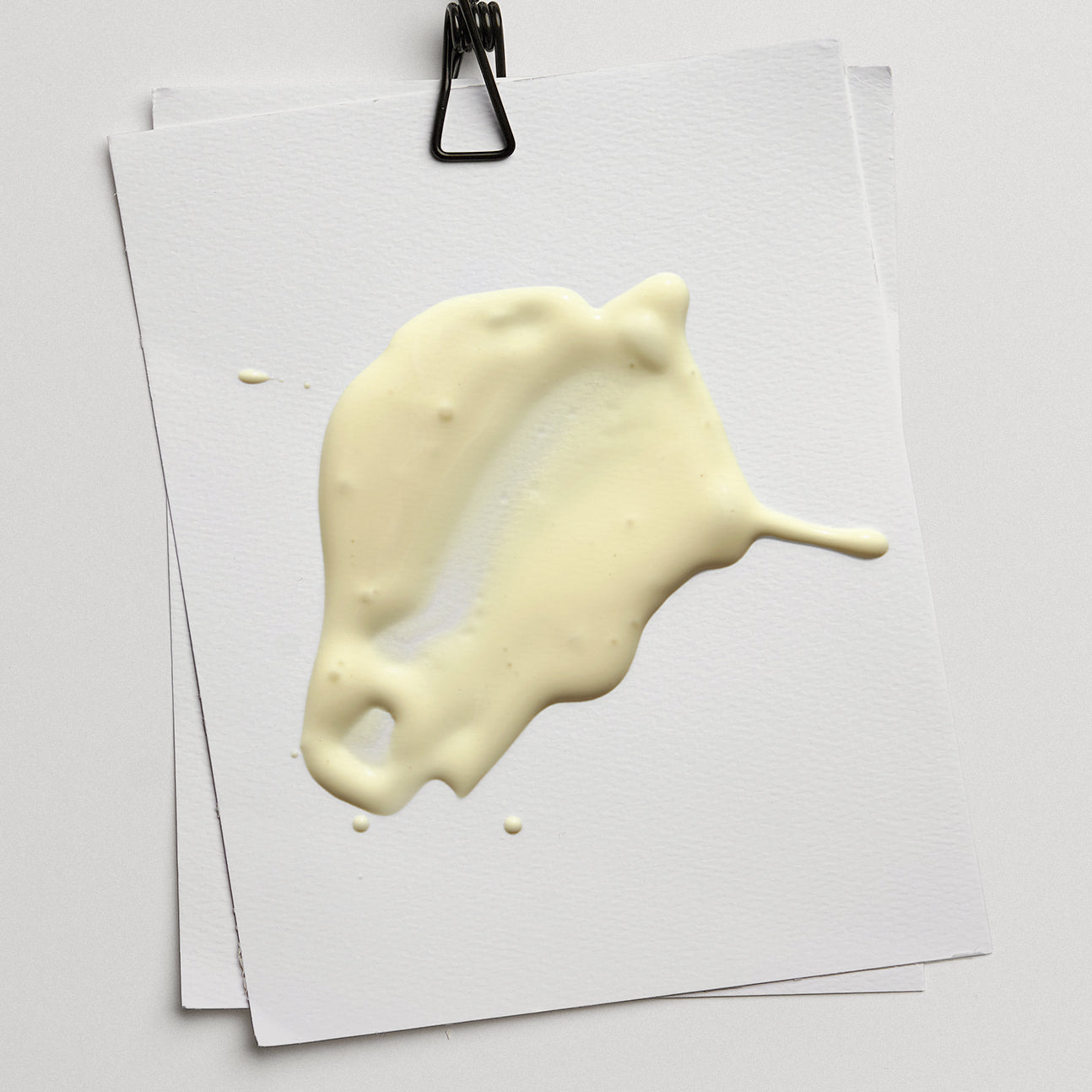
Moisturizing and nourishing sun protection for face & body.
798 SEK
